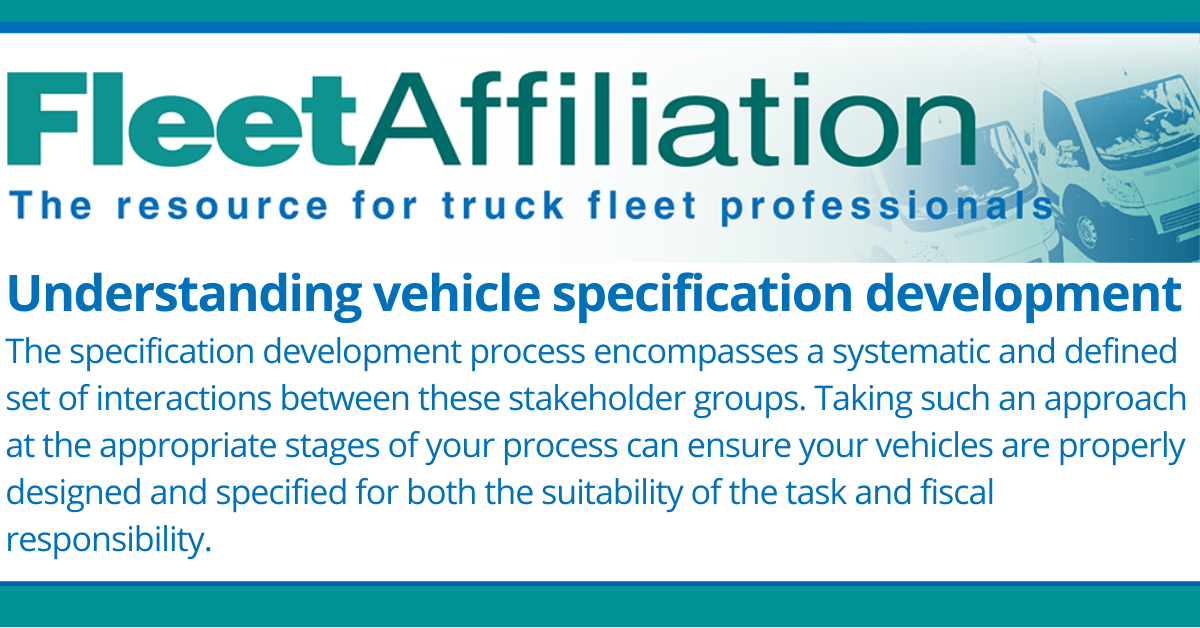
Published in April 2024 Fleet Affiliation.
Commercial fleet purchasers can expect to face a variety of external factors when designing vehicles, including chassis availability and supply chain disruptions. Despite these challenges, it’s important to remain focused on the fact that these vocational vehicles are purpose-built and designed to perform specific and specialized functions.
Before purchasing a vehicle, it’s important to consider who is spec’ing and designing it. In many fleet applications, there will be several layers of involvement, but it’s critical for the purchaser to be a participant. The final purchaser should have front-line knowledge of the vehicle’s intended purpose, including how it will actually be used, and an understanding of external factors to consider. In the end, these vehicles carry longer service life than mass-produced vehicles, and proper design for both application and maintenance is critical.
While there are exceptions to nearly every scenario, there are several strategies when it comes to the vehicle design and purchasing process. The most basic is to connect with a commercial vehicle dealer and buy what is available. While this is acommon short-term strategy when chassis availability is lacking, it’s not as ideal when a vocational truck is introduced to a fleet without being purpose-built.
Another option is to work closely with an upfitter if you have the necessary skillsets available to assist with the design process.
Writing the spec
When fleet purchasers write their own specs, they effectively bring control of the end product in-house. As mentioned, the internal team should be in the best position to understand operational needs. While there may be situations where other strategies may make both financial and operational sense, it’s important to understand the specification development process.
Writing specifications can be an intimidating process, as creating effective commercial vehicle specs for today’s increasingly complex equipment requires a multifaceted approach that involves input and participation from various stakeholders. Key parties include the vehicle user, fleet team and supply chain — comprised of chassis OEMs, truck dealers, body and truck-mounted equipment companies, vehicle upfitters and fleet management companies (FMCs).
The specification development process encompasses a systematic and defined set of interactions between these stakeholder groups. Taking such an approach at the appropriate stages of your process can ensure your vehicles are properly designed and specified for both the suitability of the task and fiscal responsibility.
Don’t forget the FMC
FMCs that have resources for vocational fleets have highly qualified engineering staff who can recommend and procure complex vehicles. Your involvement will entail providing them with the right information about your operational needs. They can only provide the service effectively when they understand the intended outcome. Your engagement with the fleet management company will directly correlate with the success of a well-designed and utilized vehicle, so it’s important to provide accurate and complete information. Like working with an upfitter, they can only provide vehicles based on the information given.
Finding resources
NTEA offers a Vehicle Specification Process Guide to assist in the development of effective specifications, which provide the foundation for vehicle optimization. This resource is available free to NTEA members. For more information, visit ntea.com/specguide.
